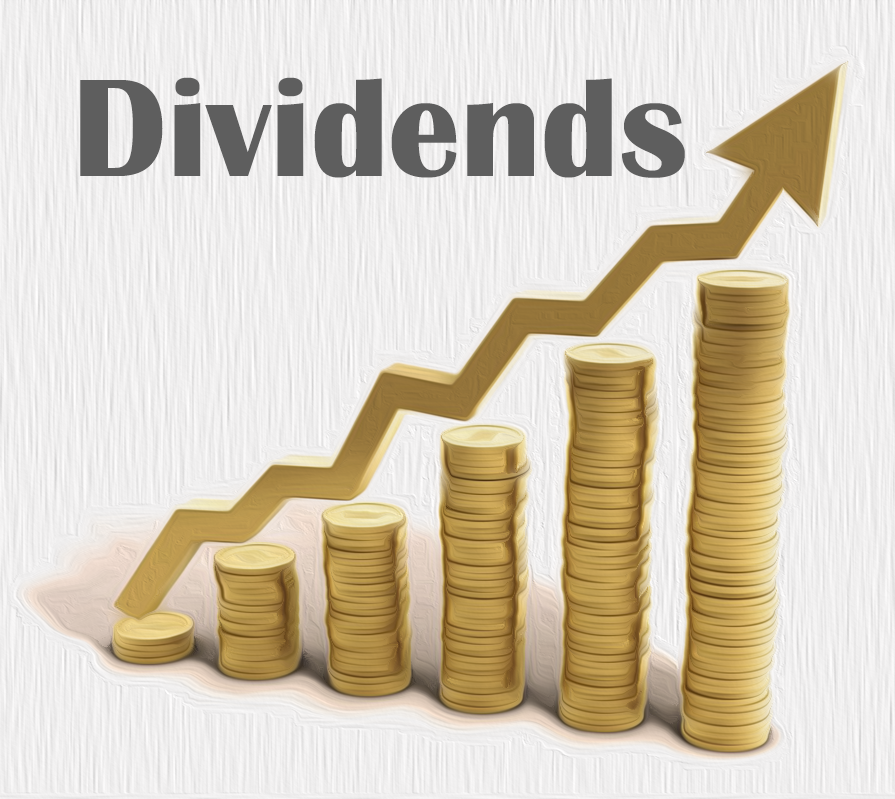I read an article on another website that touted a stock because it

Dividend Companies
In my opinion, if you invest in a company that pays a relatively large dividend, plan on the dividend comprising the bulk of your return on that investment. Your stock may prove to be a hedge against inflation, particularly if it is a real asset-heavy company such as a real estate company or oil and gas. However, don’t invest in a dividend play if you are looking for substantial growth in your capital. The reason for this is intrinsic: Companies that pay dividends are typically more mature companies that have already gone through their growth phase. Think about it: A company makes money by selling a product or service. It can do two things with the leftover money after it pays its workers: 1) It can retain its earnings and plow it back into the company in the form of research and development or acquisition of new assets, or 2) It can pay it out to its existing shareholders in the form of dividends. Companies that choose the #2 option of dividends typically already have enough money to fund their growth, and have calculated that any additional investment back into the business that they currently see would not be “accretive”, meaning its marginal return would not be equal to or greater than the return they already make on existing business. Therefore, these companies conclude it is best to let the shareholders do what they want to with the money that they earned, perhaps by investing it in other companies. Other companies, such as Real Estate Investment Trusts (REITs), pay high dividends because the tax code incents them to do so: REITs don’t pay taxes on income that they pass through to investors.
Mature Companies = Mature Investors
Investors who are seeking dividend returns are typically more mature (in age) investors, at or near retirement, who are seeking to bolster their income. If you think about it, that fits the profile of the companies that pay the dividends: Mature companies that want to live off of the fruits of their labor. We’re older and ok with where we are in life right now, just with a little more income.
Safety of Principal
The trick, if you are a dividend investor, is to try to retain as much capital as you can so that if you have to sell it you get your money back. That is why dividend investors should invest across a number of companies and a number of asset classes. For instance, large oil companies typically pay dividends. However, if the price of oil goes down, the stock goes down (and the yield probably goes up unless the company cuts its dividend, which typically doesn’t happen). So, you don’t want to be overweighted in the oil business. Think also about other companies and other sectors that pay dividends, such as the aforementioned REITs as well as utilities and many other large industrial companies. Even Microsoft pays a dividend (1.5% – one could argue it should be more with their current cash hoard).
IMO
Look at dividend investing as the dividend plus a potential hedge against inflation. Look at dividend stocks as an alternative to bonds, but with more risk. If you diversify your holdings, you may minimize company- or industry-specific risk and you may be able to achieve your goal of a healthy cash flow through the dividends plus a principal balance that may at least keep you even with inflation.
